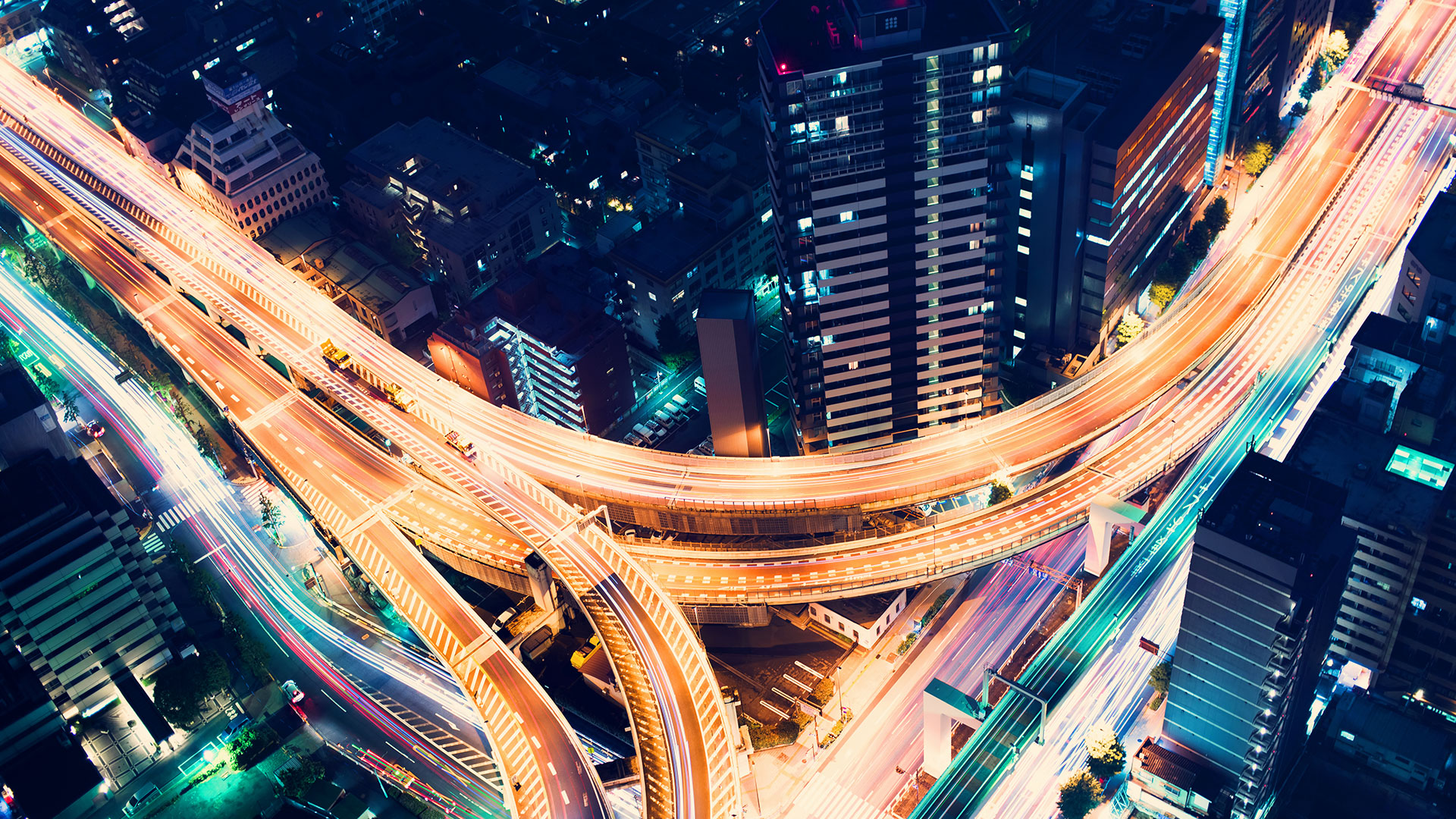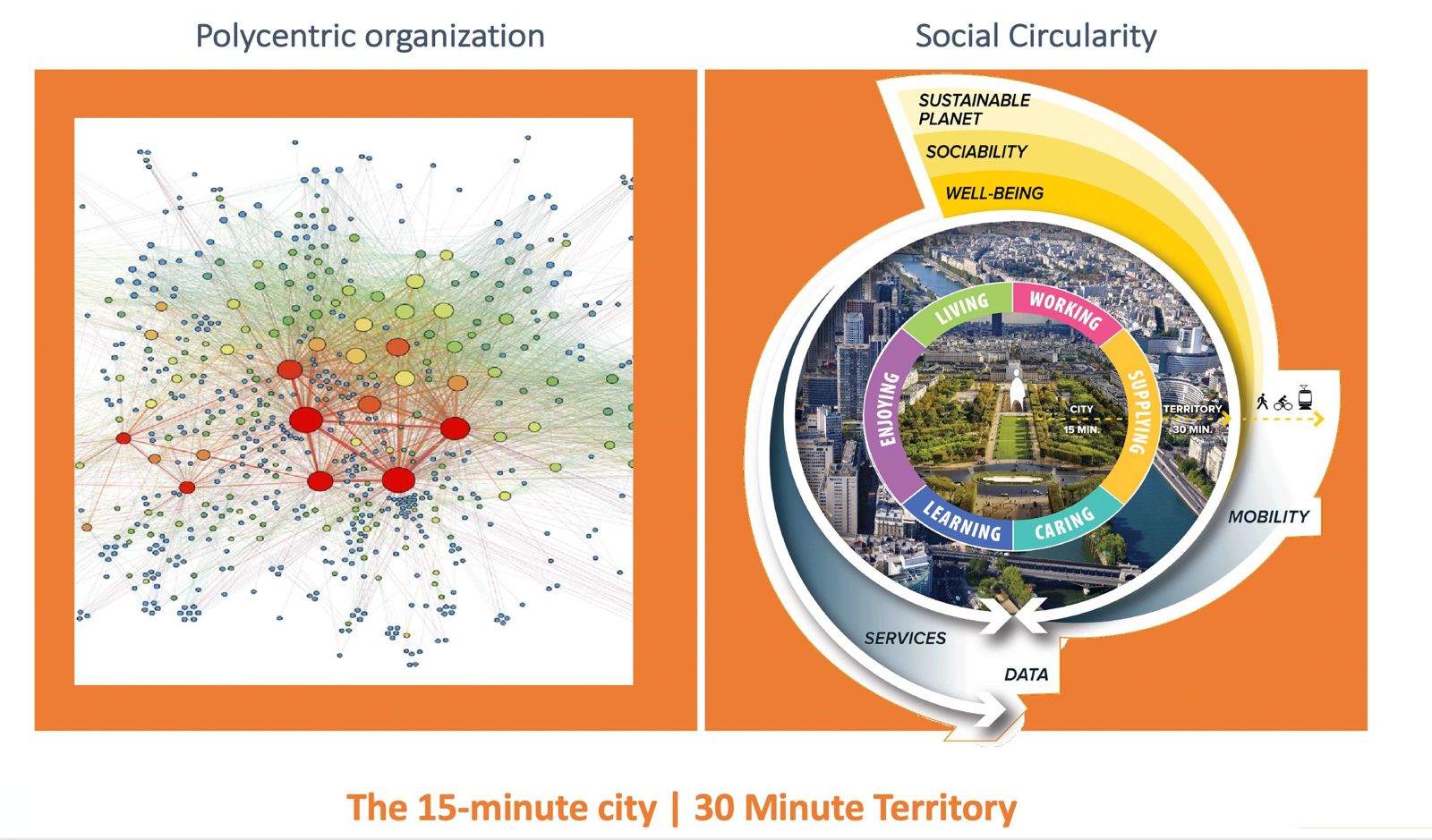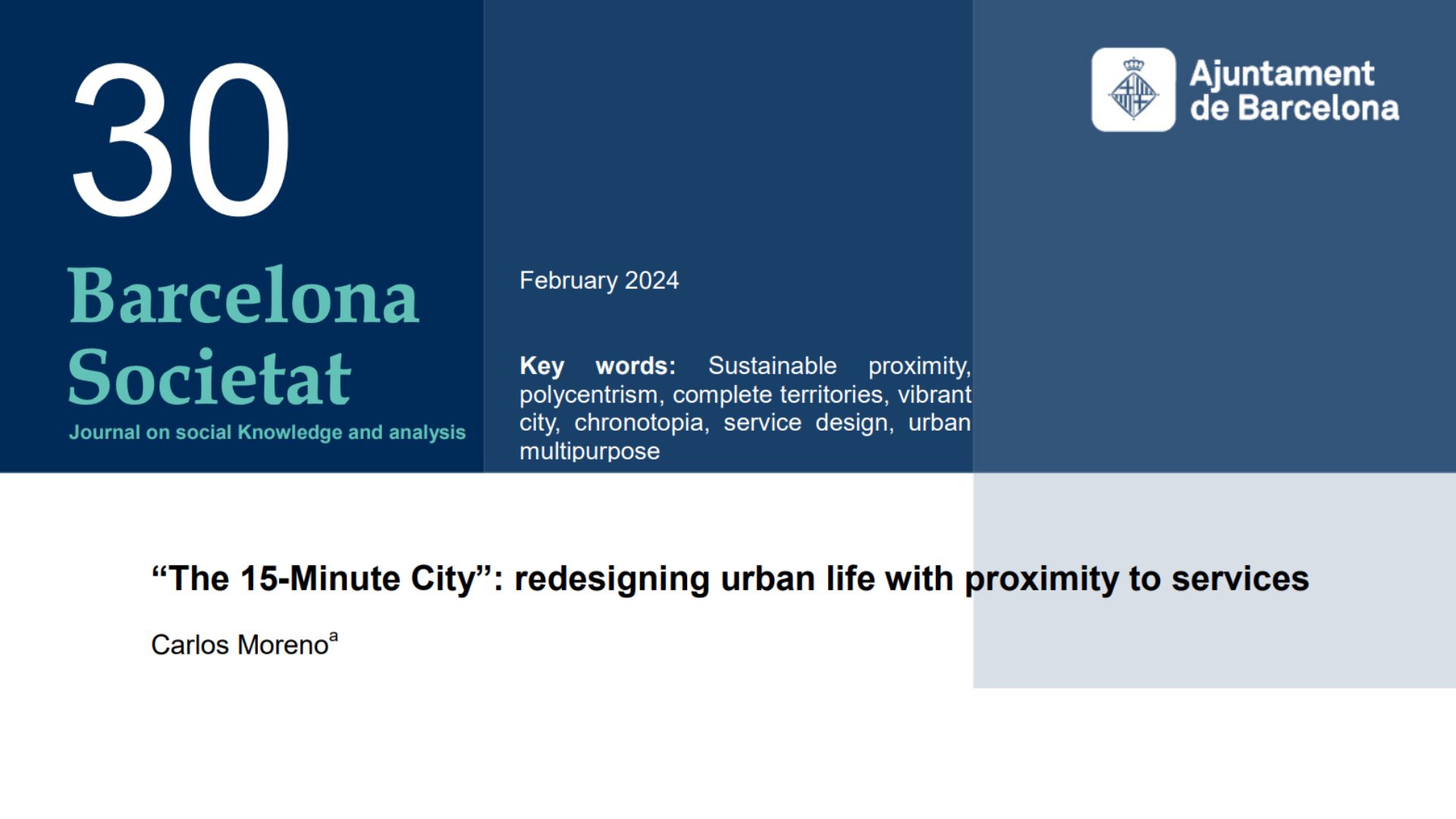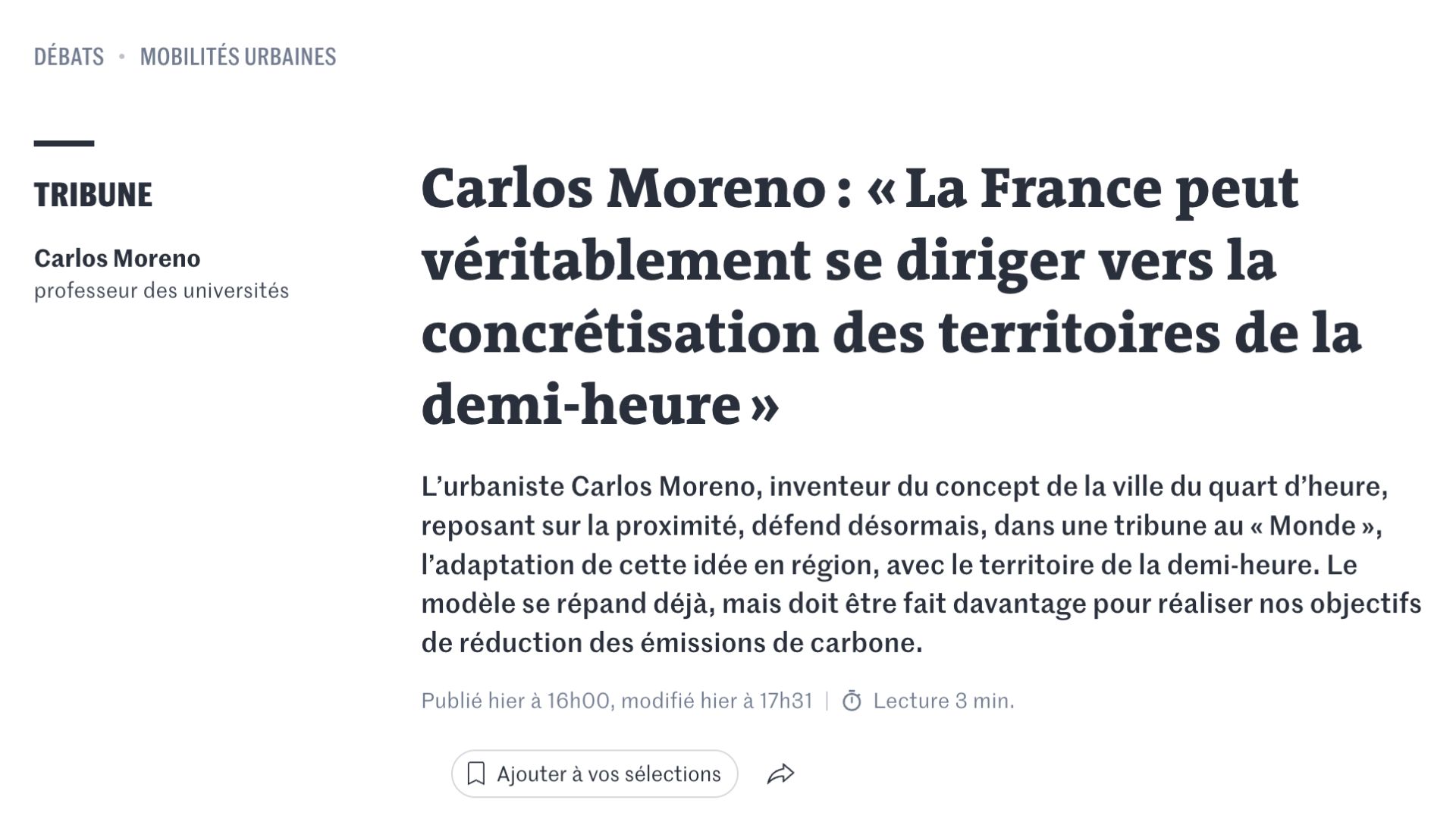
Blade Runner 2049: Urban dystopia or avoidable future?
Utopia – a term coined by Thomas More five hundred years ago – has become synonymous with an impossible dream in everyday language. But modern times have led to its counterpoint – dystopia – where the dream of a peaceful ideal becomes a nightmare. In 1968, when Philippe K. Dick published “Do Androids Dream of Electric Sheep?”, the world was being subjected to many upheavals: the cold war between capitalism (largely led by the USA) and Soviet Communism (and its satellite states), an ideological schism between the Soviets and the Chinese, the Vietnam War was in full swing, Latin America was in turmoil, and a leader and bearer of a charismatic (and even Christ-like) vision, Ché Guevara, had just been shot dead in Bolivia. France was experiencing a month of May that deeply questioned its social model, Soviet tanks were invading Prague… The list is long of what the world was like in terms of contradictions fifty years ago. A world constantly swinging between utopia and dystopia: The line was already very fine. Orwell’s prophecies – whether through 1984 or Animal Farm – were not far off. The egalitarian proclamations of the Gulags and other atrocities went hand in hand with the establishment of military regimes crushing populations in Latin America and Africa. The Cultural Revolution was raging in China, with its share of cruelty and dehumanization, and the “boat people” revealed their nightmare to the world.
Blade runner 2049 : rêvons-nous des moutons électriques ?
L’utopie, terme créé par Thomas More il y a 500 ans, est devenu synonyme de rêve impossible, dans le langage courant. Mais les temps modernes ont engendré son contrepoint, la dystopie, quand le rêve d’un idéal paisible devient un cauchemar. Quand Philippe K. Dick publie en 1968, « Les androïdes rêvent- ils de moutons électriques ?», le monde alors est soumis à bien des convulsions : la guerre froide entre le capitalisme, et à la tête les USA, et le communisme soviétique et ses satellites, un schisme idéologique entre les soviétiques et le chinois, la guerre de Vietnam qui bat son plein, l’Amérique Latine est en effervescence et un leader et porteur d’une vision charismatique voire christique, Ché Guevara, vient d’être abattu en Bolivie. La France vit un mois de mai qui questionne en profondeur un modèle social, les chars soviétiques envahissent Prague… La liste est longue de ce que le monde portait comme contradictions il y a 50 ans. La frontière d’un monde se balançant sans cesse entre utopie et dystopie était déjà bien mince. Les prophéties de Orwell, que ce soit avec « 1984 » ou « la Ferme des animaux », n’étaient pas bien loin. Les proclamations égalitaires porteuses de Goulags et bien d’autres atrocités, allaient de pair avec la mise en place de régimes militaires écrasant les populations en Amérique Latine et en Afrique. La révolution culturelle en Chine sévissait avec son lot de barbarie et de déshumanisation et les « boat people » révélaient au monde leur cauchemar.
At the time of writing and publication of Philippe K. Dick’s text, the guiding principle was dismay toward the suicidal behavior of humans as a whole, devastated by a nuclear war. The few survivors left alive on Earth seek to build an empathic link, with the aim of continuing to exist in spite of everything. An android hunter – at the heart of the story – thus wants a real sheep instead of his electric one. Indeed, animals had also disappeared. His quest leads him to develop this confrontation between humans and androids, against the backdrop of finding the differences between them and, in the middle, the question of what it is to be human and to experience one’s humanity.
The science fiction novel, fifteen years later, went on to liberally inspire Ridley Scott’s film Blade Runner, still relevant today in its new version, Blade Runner 2049.
The original Blade Runner, released in 1982 and improved in 1992, became a cult film, taking us on the course of the story by Philip Dick, but in 2019 and in Los Angeles. A “corporate” enterprise producing “replicants” from human DNA who – thus manufactured artificially through genetic manipulation – are modern slaves in a world that decides to expel those who are in an irregular situation. A kind of emotional (anti-) Touring test checks for a lack of empathy, allowing the “replicants” to be detected. A quest for immortality, the horror of a future to come, the dark vision of the world, a prediction of the hybridization of man and machine in the grip of a dystopia, such new golems going beyond their creators… No doubt, Blade Runner has became cult in the era of technological revolutions, by force of the questions asked and their unequivocal stagings.
The release of a sequel (by Denis Villeneuve) now throws us into Los Angeles thirty years later, in 2049. Having become humanoid, these new replicants must fight against the unplanned obsolescence of the first models, whether they are offenders or considered as such. After thirty years, it is a transhumanist society that forms the watermark, led by a power that is imposing its project of regeneration by this neo-hybridization of man, not only improved, but above all greatly upgraded. The human condition is in this new version being called into question: Both genetics and hybridization technology are carriers of a new renaissance of another generation purposely wielding the powers at its service. This new dystopian society encloses other creations: The replicants – genetically engineered humanoids – can in turn improve their condition as servants by themselves being entitled to use Artificial Intelligence at their service. In this world on the horizon of 2050, a totally urban society is drawn, crossed by a profound loneliness between the beings that form it, regardless of their origin.
What about this vision of a city world in 2050, having produced an urban nightmare led by conflicts between humans, robots, and artificial intelligences according to their possible hybridizations?
Just like Metropolis, 1984, Alphaville, Zardoz, Brazil, Equals, not to mention some of the films that have crossed the history of cinema, urban dystopia remains a particularly rich topic. It is now “augmented” equally by the power of technology, silicon, bio-genetics, and artificial intelligence. Urban life is becoming a major challenge for the six billion urban inhabitants in anticipation of 2050. Will we be able to build a city and urban life that is humane, sustainable, and socially inclusive, with technology at the service of our quality of life? Will we have it in our ability to counter our dangerous curve toward annihilation through climate change? Will we have had it in our ability to eliminate nuclear weapons and their potential use? It is this set of questions that now contains considerable threats. Much of the answer will come from our ability to educate, to disseminate an urban culture based on respect for others and altruism, to develop new urbanities, to transform our lifestyles, and to change the way in which we consume and produce. Finally, to invest in man’s neurons in order to better control artificial intelligences.
Stephen Hawking has warned about the progress of A.I. – “Humans, who are limited by slow biological evolution, couldn’t compete and would be superseded” – and recently Elon Musk, also drawing on the legacy of Isaac Asimov, Philip K. Dick, and George Orwell, has urgently asked for legislation to regulate advances in artificial intelligence – “AI is the rare case where I think we need to be proactive in regulation instead of reactive. Because I think by the time we are reactive in AI regulation, it’ll be too late”.
Last year, we paid tribute to the 500th anniversary of the publication of Utopia by Thomas More. He described a peaceful society where work, rest, and pleasure are balanced, where brotherhood reigns, where men believe in the gods of their choice, while living free and in harmony with nature. Thomas More was full of hope in mankind, and convinced of the value of democracy in a human society built by humans for humans. It is certainly beneficial to revitalize oneself with this thought, to regenerate these universal values, essential to our survival today, and to prepare for an urban world in 2050 that holds such values dear.
Au moment de l’écriture et de la publication du texte de Philippe K. Dick, le fil conducteur était le désarroi face à la conduite suicidaire des humains dans son ensemble dévastés par une guerre nucléaire. Les quelques survivants s’affairant à vivre encore sur la Terre, cherchent à construire un lien empathique, pour exister malgré tout. Un chasseur d’androïdes, au cœur du récit, veut ainsi avoir un vrai mouton à la place du sien, électrique. En effet, les animaux avaient aussi disparu. Sa quête l’amène à développer cette confrontation entre humains et androïdes, avec en toile de fond, trouver ce qui les différencie, et au cœur, la question de ce qui est d’être humain et de vivre son humanité.
C’est ce roman de science-fiction qui va inspirer librement 15 ans plus tard, le film de Ridley Scott, « Blade Runner », d’actualité aujourd’hui avec la nouvelle version « Blade runner 2049 ».
Le « Blade runner » d’origine, sorti en 1982 et amélioré en 1992, devient un film culte nous amenant sur le fil de l’histoire de Philip Dick, mais en 2019 dans Los Angeles. Une entreprise «corporate» produisant à partir de l’ADN humain des «réplicants», qui fabriqués ainsi artificiellement par des manipulations génétiques, sont des esclaves modernes, dans un monde qui décide de chasser ceux en situation irrégulière. Une sorte de test de (anti) Touring, affectif, teste l’absence d’empathie permettant de déceler les «réplicants». Quête d’immortalité, horreur d’un futur à venir, vision noire du monde, prédiction de l’hybridation de l’homme et de la machine en proie à une dystopie, tels de nouveaux golems échappant à leur créateurs… Sans aucun doute «Blade runner» est devenu culte, à l’heure des révolutions technologiques, par la force des interrogations posées et de leurs mises en scène sans équivoque.
La sortie d’une suite (par Denis Villeneuve) nous projette maintenant dans Los Angeles 30 ans après, en 2049. Devenus humanoïdes, ces nouveaux réplicants doivent lutter contre l’obsolescence non programmée des premiers modèles, délinquants ou considérés comme tels. A l’horizon des 30 ans c’est une société transhumaniste qui se dessine en filigrane, menée par un pouvoir qui impose son projet d’une régénération par cette néo hybridation de l’homme, non seulement augmentée mais surtout démultipliée. La condition humaine se trouve dans cette nouvelle version remise en question, tant la génétique et son hybridation avec la technologie sont porteurs d’une nouvelle renaissance d’une autre génération, qui manie les pouvoirs à son service et à dessein. Cette société de nouveau dystopique enferme d’autres créations : les réplicants, humanoïdes, issus de manipulations génétiques, peuvent à leur tour améliorer leurs conditions de serviteurs en étant eux-mêmes en droit d’utiliser une Intelligence Artificielle à leur service. Dans ce monde à l’horizon 2050, c’est une société totalement urbaine qui est dessinée, traversée par une profonde solitude entre les êtres qui la constituent, quelle qu’en soit l’origine.
Quid de cette vision d’un monde citadin à l’horizon 2050, ayant engendré un cauchemar urbain mené par des oppositions entre humains, robots, intelligences artificielles au gré de leur hybridations possibles ?
A l’image de Métropolis, 1984, Alphaville, Zardoz, Brazil, Equals, pour ne pas citer que quelques-uns des films qui ont traversé l’histoire du cinéma, la dystopie urbaine reste un sujet particulièrement riche. Elle se voit aujourd’hui « augmentée » également par la puissance de la technologie, le silicium, la bio génétique et l’intelligence artificielle. La vie urbaine devient un défi majeur pour les 6 milliards d’urbains en prévision de 2050. Serons-nous capables de bâtir une ville et une vie urbaine, humaine, durable et socialement inclusive, avec la technologie au service de notre qualité de vie ? Serons-nous en capacité de contrer notre courbe dangereuse vers l’anéantissement par le changement climatique ? Aurons-nous été en capacité d’éliminer les armes nucléaires et l’usage potentiel qui en découle ? C’est cet ensemble d’interrogations qui renferme aujourd’hui des menaces considérables. Une bonne partie de la réponse viendra de nos capacités à éduquer, à diffuser une culture urbaine basée sur le respect de l’autre et l’altruisme, à développer de nouvelles urbanités, à transformer nos modes de vie, de consommation, de production. Enfin, à investir dans les neurones des hommes pour mieux maitriser les intelligences artificielles.
Stephen Hawking a mis en garde concernant l’avancée de l’IA « « Les humains, limités par une lente évolution biologique, ne pourraient pas rivaliser et seraient dépassés » et récemment Elon Musk, s’appuyant également l’héritage de Isaac Asimov, Philip K. Dick et George Orwell, demande d’urgence des textes de loi pour réguler les avancées de l’intelligence artificielle, « l’IA est l’un des rares cas où je pense que l’on doit adopter une régulation préventive. Si on attend le moment où il faudra réglementer de façon réactive, ce sera trop tard. »
L’année dernière, nous avons rendu hommage au 500ème anniversaire de la publication de UTOPIA par Thomas More. Il a décrit une société paisible, où travail, repos et plaisirs s’équilibrent, où la fraternité règne, où les hommes croient dans les dieux de leurs choix, en vivant libres et en harmonie avec la nature. Thomas More était rempli d’espoir dans l’homme, et convaincu de la valeur de la démocratie dans une société humaine bâtie par l’homme au service des hommes. Il est certainement bénéfique de se ressourcer dans cette pensée, pour régénérer ces valeurs universelles, indispensables pour notre survie aujourd’hui, et préparer un monde urbain en 2050 porteur de ces valeurs.
Traduction al español por Guillermo Mas @Guille_Mas


